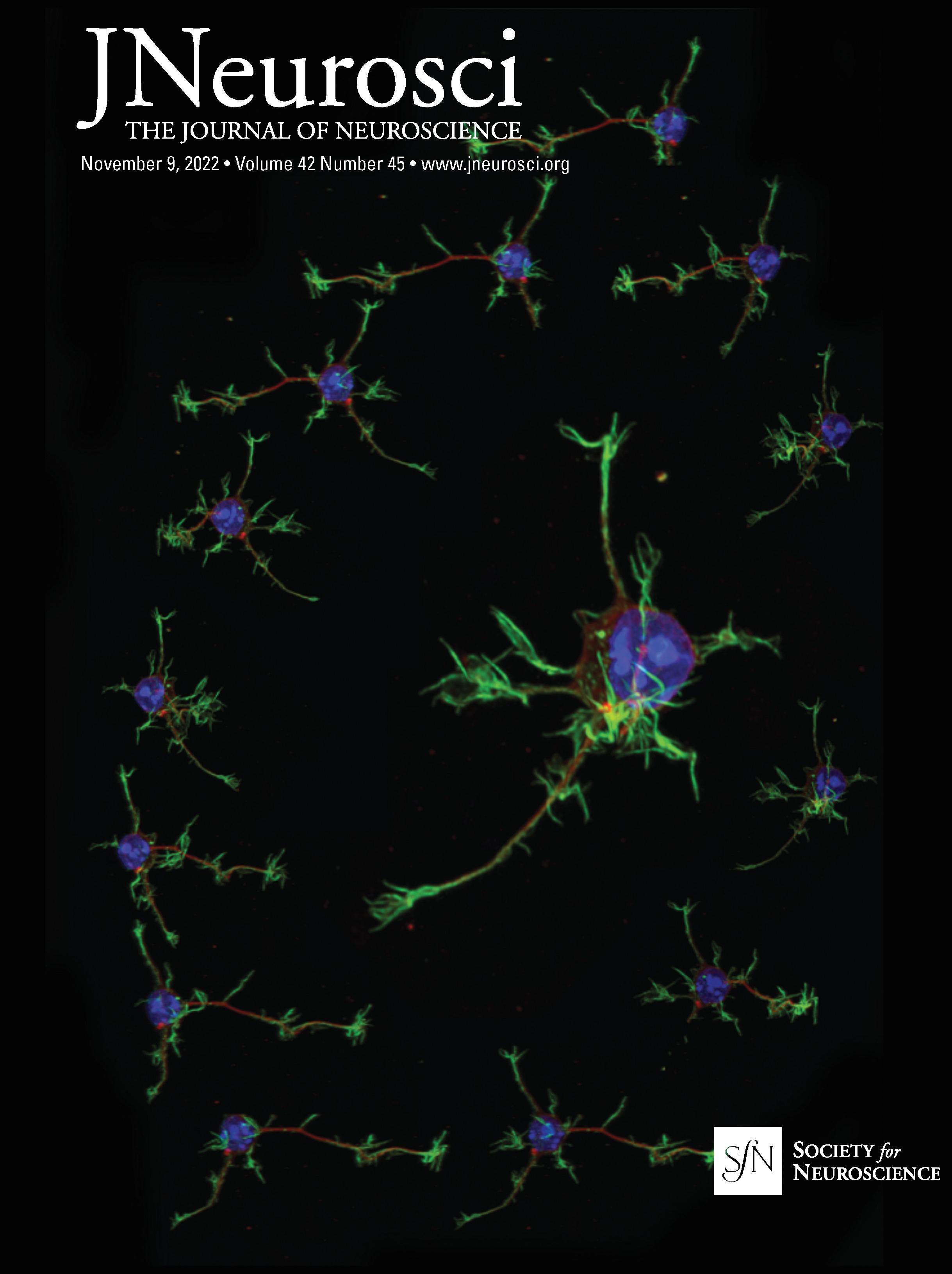
Attitudes towards psychedelics are changing, with increasing evidence highlighting their potential to address various mental health issues such as anxiety, depression, post-traumatic stress disorder, and addiction. In 2023, Australia emerged as the first nation globally to sanction psychedelics for treating specific mental health ailments. A few other nations are also progressing in this area.
Substances like LSD and psilocybin encourage neurons to develop new branches and enhance synaptic connections, which is believed to contribute to their lasting therapeutic benefits. One of the several obstacles to the widespread clinical application of psychedelics is their hallucinogenic nature, necessitating close supervision for patients, and rendering the treatment inappropriate for individuals diagnosed with psychotic disorders, including schizophrenia. Nevertheless, advancements in chemistry are propelling research into non-hallucinogenic psychedelic analogues that could bypass these challenges.
An expanding comprehension of how psychedelic compounds engage with the brain is pivotal to this advancement. Classic psychedelics are recognized for functioning as serotonin receptor agonists, particularly targeting the 5-hydroxytryptamine 2A (5-HT2A) receptor. Recent chemical investigations, however, have delved deeper. An examination of the electron transfer characteristics of psychedelics conducted last year suggested a strong correlation between the electron-accepting ability of these compounds and their potency. For example, LSD was identified as the most potent hallucinogen tested and the most effective electron acceptor. Furthermore, research published in 2023 indicated that the lipophilicity of psychedelic compounds appeared to correlate with their capability to stimulate neuron growth.
Such findings are aiding rational drug design, which will further benefit from progress in chemical synthesis. A study reported in May, for instance, resulted in researchers creating a 12-step synthesis to produce a molecule distinct from LSD in the arrangement of two atoms. Known as JRT, this new molecule only partially activates the 5-HT2A receptor: studies in rodent models indicated it enhanced the density of neural branching in the prefrontal cortex but did not induce hallucinogenic-like behaviors associated with LSD. With ongoing innovation, skeletal editing methods will undoubtedly prove valuable in developing analogues that were previously unattainable or necessitated lengthy synthesis processes.
Certainly, challenges persist beyond fundamental chemistry. Human clinical trials, incorporating participants of both genders, are crucial since animal models cannot replicate the psychological context that influences human interactions with psychedelics. Additionally, we must determine whether hallucinations are vital for the therapeutic effects of psychedelics in humans.
As we recently reported, emerging evidence indicates that psychoactive plants have been utilized in the Peruvian Andes since the first millennium BCE. In ancient societies, the hallucinogenic attributes of these plants held significant cultural importance. In the future, psychedelics devoid of hallucinations may assume a different yet equally impactful role in society by revolutionizing how we approach mental health treatment.
